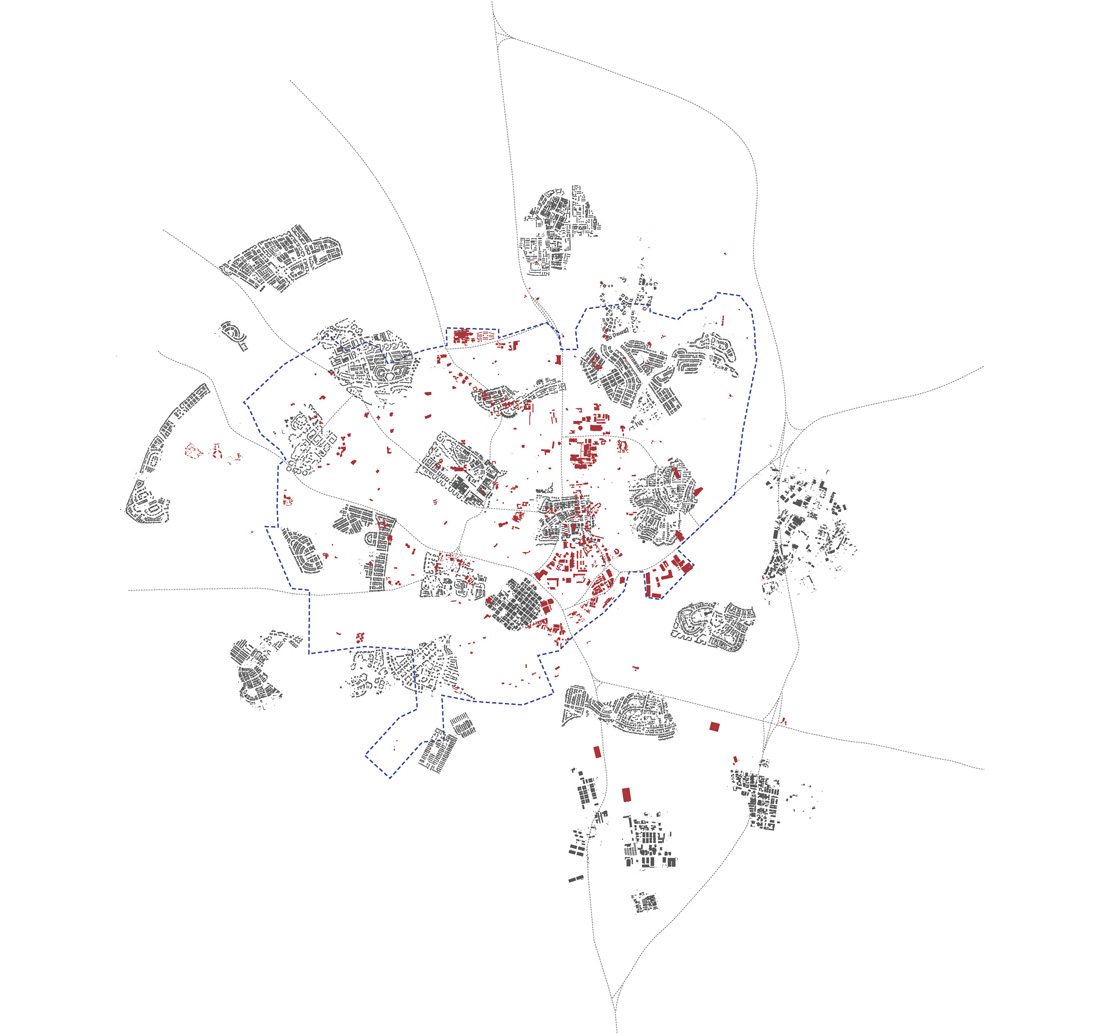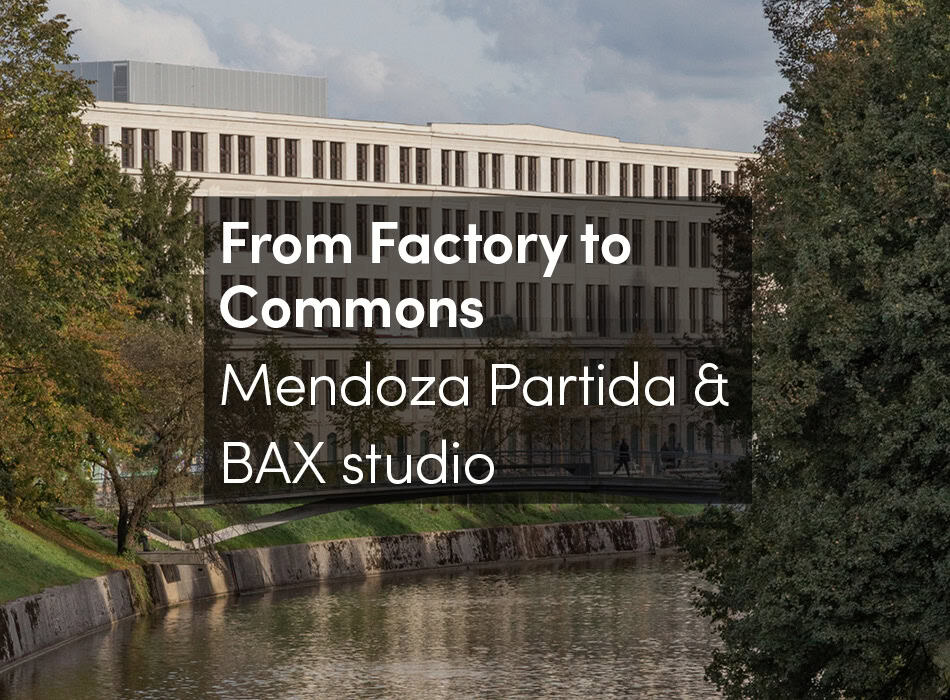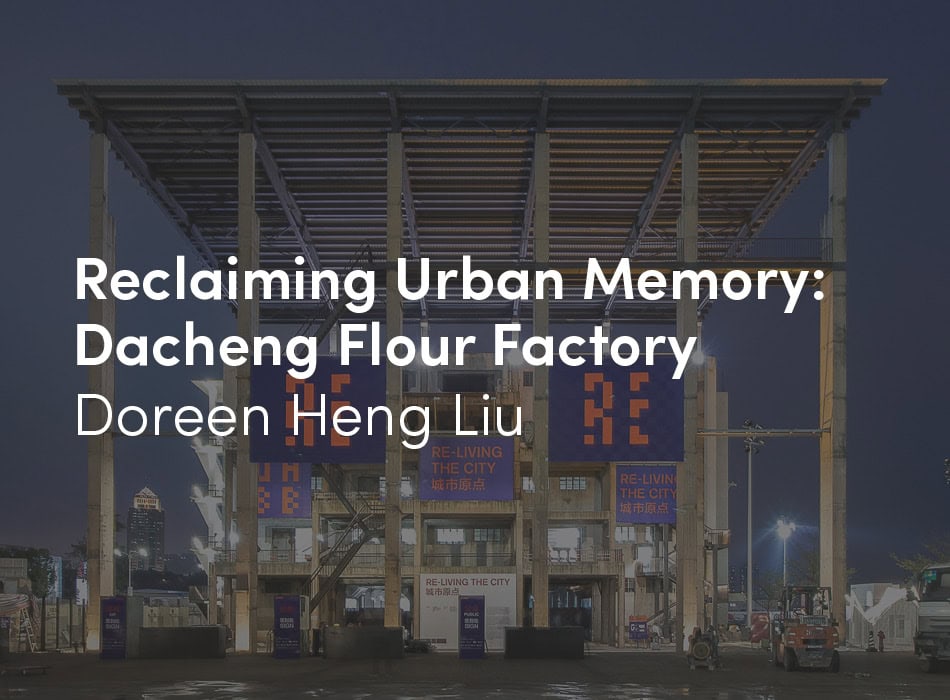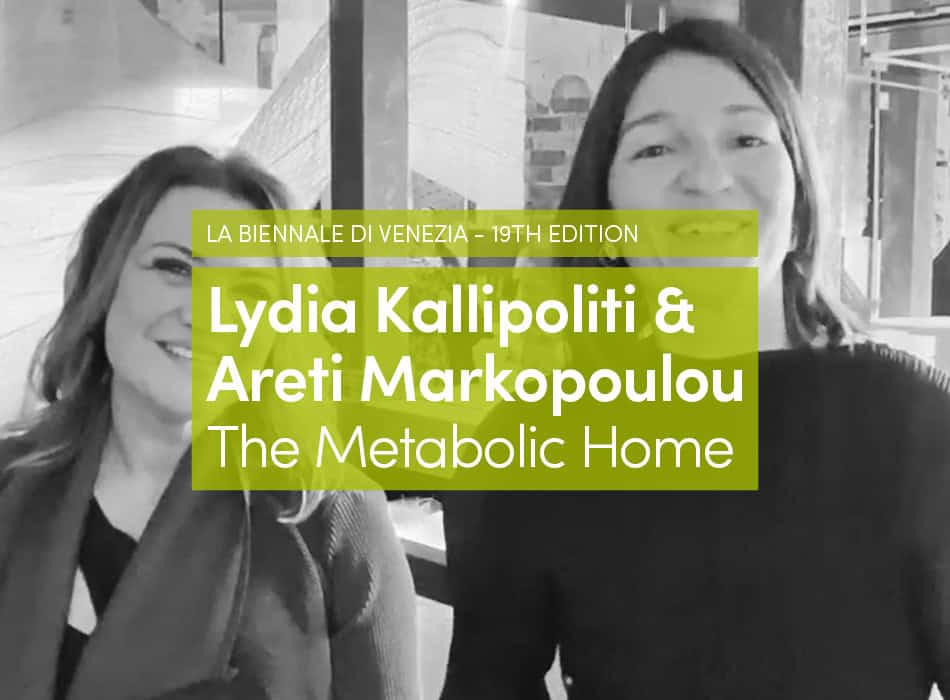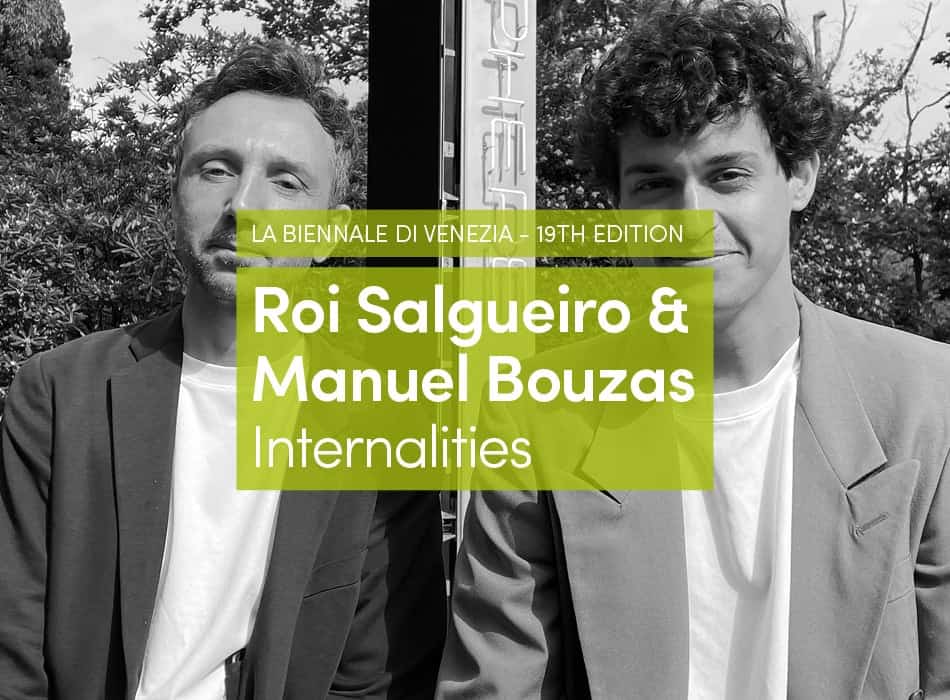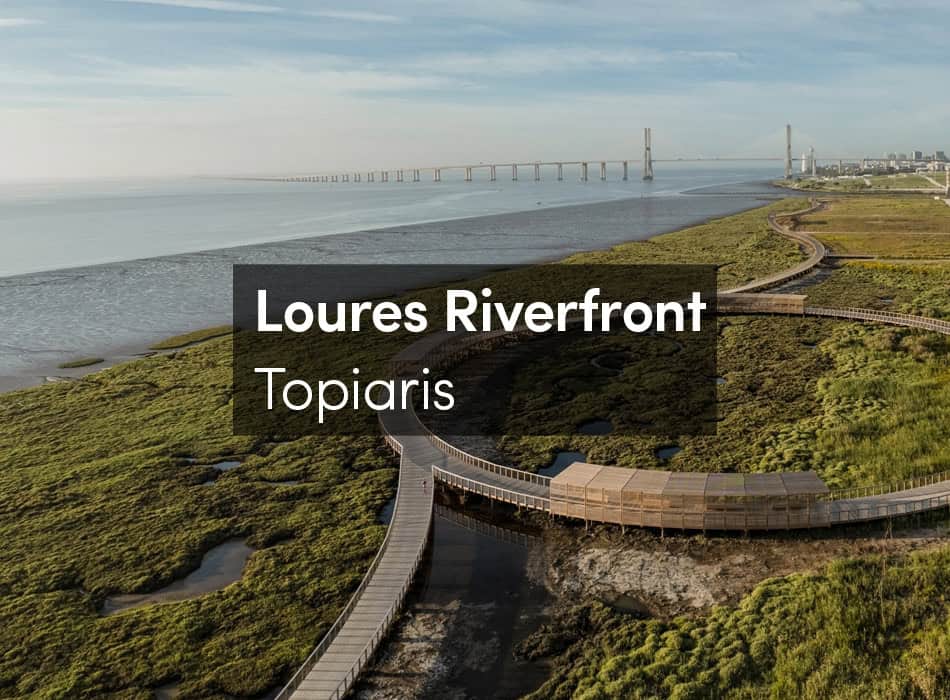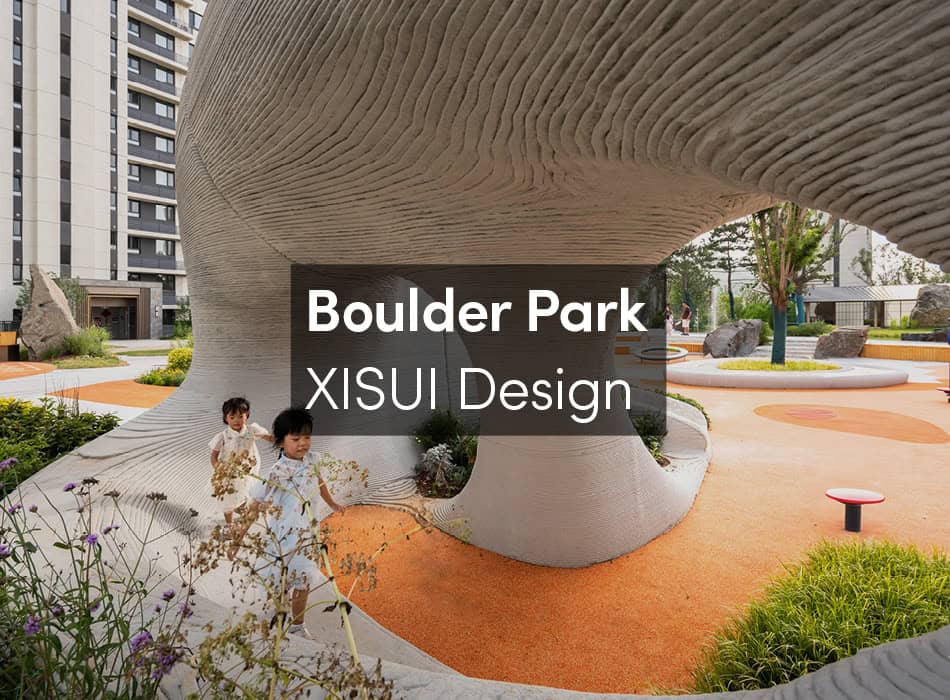Our built environment is in the process of reorganizing itself, redistributing densities of buildings, population and activities. Cities are expanding, growing and sprawling, while at the same time their centers and downtowns are shrinking, disappearing, voiding out. This process of growth and redistribution has been partially described by terms such as sprawl, suburbs (with roots in the American context[1]), wild living and the diffuse city (‘città diffusa’, mostly referring to the European context[2]). Dispersal functions as an umbrella term for these phenomena, by zooming out and describing them as part of a larger global tendency. In this context, Cities of Dispersal can be recognized as an emerging type of low-density environments; decentralized, heterogenous, radically different from traditional definitions of the city in their spatial organization and patterns of growth.
Throughout these physical transformations of the urban environment, the notion of public space has not remained unaltered. Public space has long been a decisive factor in our understanding of the city. Furthermore, we can say that the notion of the public itself, even if by virtue of imagination, has been essential for any act of urban design or planning.[3] It is therefore inevitable to ask: What is the place and role of public space in new disperse urban environments? How have disperse urban conditions changed the notion of public? But, also, what are current notions of the public that influence the way we conceive cities?
The traditional distinction between the urban and the non-urban relied on a hierarchal organization of density. Cities at the center were the densest, most concentrated, moving to less dense areas as one moved outward towards the suburbs, the countryside, and farther away to the wilderness. These different types of environments not only presented different degrees of human intervention and habitation, but also developed different ways of living. The opposition between negative and positive attributes of city and countryside has long been supported by clear boundaries between one and the other, be it through walls, ring roads, green belts and the likes. Yet over the course of the twentieth century, whether due to economic, industrial, military and technological developments, the distinctions between city, suburb, countryside and wilderness have blurred.
In their current advanced state of dispersal, cities have lost these traditional boundaries.[4] Due to a redistribution of urban activities and intensities, we can no longer recognize a clear pattern of high density in the center and lower densities at the periphery. In this process, programs that were previously associated with the city center such as commerce, office work, leisure and entertainment have been transplanted to suburbia, taking on a different shape. Suburbs, new towns and satellite cities, initially designated for housing, gradually became multi-functional environments, independent of the city. The distinction between the city as a center and suburbia as its subordinate kin has become, in many cases, neither accurate nor appropriate. Low-density environments have ceased to be suburban, no longer relying on the city as their center and raison d’être.
Many of these low-density environments (also outside the European and American context), in spite of their increasing integration into urban systems, are generally not thought of as urban or as cities. This is mainly due to their lack of density and centrality, the absence of a coherent urban fabric or distinguishable boundaries, and a ‘damaged’ relationship between the pedestrian and urban space.[5] Yet, most importantly, they are seen to lack the conventional forms and uses of urban public spaces to which we have become accustomed. Current attempts to qualify dispersal usually refer to the loss of these characteristics.[6] Yet, when we look at examples of sprawling cities such as Los Angeles and Mexico City or larger spread out areas such as the Veneto region in Italy or the state of New Jersey, we find different urbanities that have emerged from these apparent losses. Dispersal has led many to paint a somber picture of an irresponsible ‘non-urbanity’, from which the only escape is a move back into the city. But if we are to accept Rem Koolhaas’ claim that the city is dead, or Mark Wigley’s statement that the city has ceased to be a useful idea in planning, we are left in confusion, with losses on both sides.[7]
This publication proposes to treat dispersal as an opportunity to reinvent urbanity. We question whether the urban should remain reserved solely for the dense physical environment. Can the notion of the city not be established through combined degrees of interaction, access and communication, which do not necessarily require high densities? High degrees of exchange, inter-connectivity, overlapping of networks, juxtapositions and proximities of diverse programs – all these can create an intensity which generates an urban condition; in its function, notions and experiences (chance, anonymity, conflict, etc.). Moreover, in the process of seeking new opportunities for alternative urbanities, the notion of public space itself needs to be questioned. Recent studies of contemporary urbanities have suggested that traditional definitions of public space are no longer accurate to describe chance encounters, temporary gathering spaces, partially accessible meeting places, commercialized and themed entertainment. Can we then replace the more demanding term ‘public space’ with the somewhat more adaptable option of ‘collective space’? How would this impact our understanding of the city?
Within the field of urban design and planning, the shaping of public space has been considered the primary task of the architect or urbanist.[8] Its role and place in the city as a space of gathering and exchange has been treated as some sort of ‘glue’ that holds the city together and promises to generate urban coherence and active use. Yet, this notion has undergone substantial changes. Rather than a singular, continuous sphere or space, the public today is better understood as a fragmentary interplay of multiple publics and multiple groups. The idea of a public sphere, as identified by J. Habermas to have emerged from 18th-century bourgeois society,[9] no longer functions for the reasons that brought it about – as the place where opinions and ideas on society and state were formed and discussed. With the rise of consumption culture, the public sphere has become an ‘arena for advertising’ channeled to please various tastes and personal preferences. With this understanding, critical reason is seen to have shifted to other groups (lawyers, doctors, academics, etc.) who engage in it un-publicly, while mass consumers might have a public receptiveness but remain non critical.[10] This shift of rationalism and criticism has left the public sphere prone to stronger forces such as marketization and privatization, processes which have been considered by some a threat to democracy. Public space, according to this conception, is essential to the preservation of democracy, since it provides the space for freedom of speech and public assembly, makes it possible to publicize dissent, maintains an awareness to the needs of others, and permits the organization of grassroot campaigns. Mechanisms that have contributed to the privatization of public space (at least within the American landscape) such as the reorganization of collective space towards consumption, the extension of undemocratic governance systems such as homeowners’ associations and development districts, and jurisprudence[11] – preoccupied with locating the boundary between public and private – can be seen as the mechanisms that also propagated urban sprawl.
Our changing notion of the public has thus allowed certain forms of urbanity to evolve, but also vice versa: changes in the urban realm contributed to creating new notions of public space. The problem lies in the fact that there is not always a clear or direct correlation between social, political and cultural notions – in this case the notion of the public, and its architectural or urban expression. While the public is an abstract, highly dynamic, at times vague and unpredictable notion, urban space by nature undergoes slower processes of change, in appropriating new conceptions and conditions. This inertia of the urban environment is enhanced by the general tendency (also of architects and urbanists) to preserve old models and expressions, even though they may no longer serve current necessities.[12]
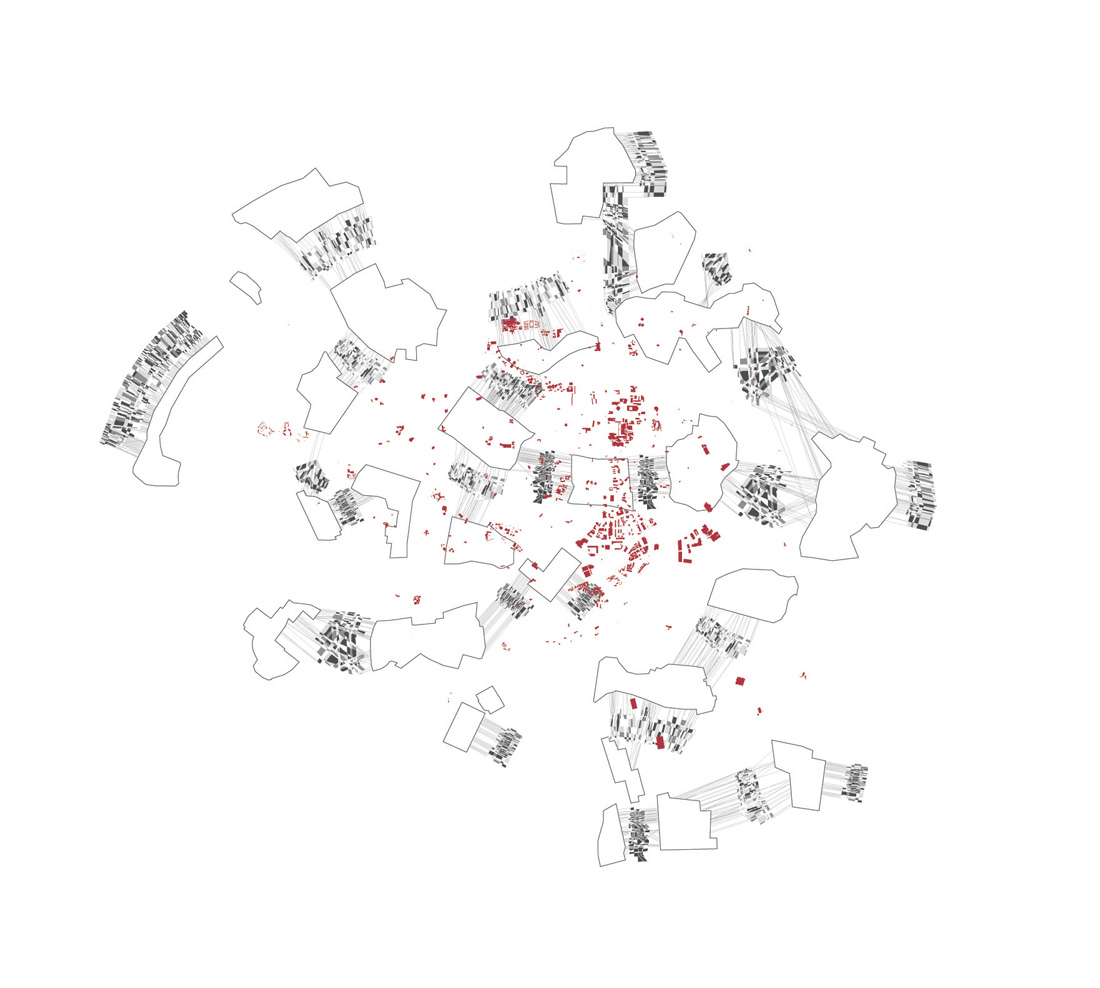 Many previous approaches to public space in sprawled conditions have attempted to impose traditional urban models rather than seek new types of spaces, forms and programs. They have seldom led to innovative work and have often contradicted contemporary notions of scale, diversity and flexibility.
Many previous approaches to public space in sprawled conditions have attempted to impose traditional urban models rather than seek new types of spaces, forms and programs. They have seldom led to innovative work and have often contradicted contemporary notions of scale, diversity and flexibility.
The Congress for the New Urbanism, for example, proposes the reintegration of traditional forms of public space such as urban plazas, commercial main streets and other components of a townscape tradition within contemporary sprawled environments. Their approach operates within a new urban condition assuming a notion of an old public – mimicking traditional architecture, enforcing pedestrian movement, and discouraging long-distance commuting even when these are alien to the way we live today.
Other approaches to urban dispersal understand and thus address contemporary notions of the public and public space, yet without projecting new urban configurations, without considering the need for a new urban/architectural expression. Re-interpreting Foucault, Graham Shane and many others explain how the concept of heterotopia provides opportunities for hosting contemporary spaces of gathering or collectivity within the city.[13] Yet, a primary trait of heterotopia is its ‘mirror-function’. It mirrors an existing reality, meaning it does not carry a form or shape of itself. It is not particular to any specific physical-spatial setting, but rather capable of taking on several forms/shapes/arrangements present in the existing environment. Identifying heterotopia as a type of public space, therefore, does not require a new urban-architectural setting.[14]
While these approaches have contributed considerably to the discourse on dispersal and the role of architects/urbanists within this type of environment, the relationship between new publics and new urban spaces has yet to be explored, potentially leading to more innovative models and approaches of design and intervention.
This publication is an attempt in this direction. It calls to investigate the public and/or collective dimensions of disperse urban conditions, presenting both research essays and design examples from different scales, cultures and geographies.
Two framing essays open the issue, offering new ways of looking at the relationship between collective spaces and urban dispersal. Bruce Robbins in “The Public and the V2” describes how certain literary ideas of public space can possibly inform urban thinking. In parallel, Albert Pope examines the morphological and structural processes which accompany the development of low-density urbanisms. The essays, research and design projects to follow, present an interpretation, understanding and/or critique of how new forms of collective space can be imagined within a disperse urban condition.
Bruno de Meulder and Paula Viganó present part of their extensive research and mapping of European sprawl – in two of the disperse regions of Europe: Flanders and the Veneto region. While Bruno De Meulder studies the underlying structures of Flanders’ disperse hinterland, drawing attention to its ad hoc collective spaces, Paola Viganó examines the isotropic characteristics of this spread-out territory by closely studying its agrarian and industrial histories. This research forms the framework for Claudia Faraone and Andrea Sarti’s “waiting spaces”, an experimentation with temporary collective uses generated by user-based software in sites “in between” stages of development.
Alex Wall outlines the emerging typology of lifestyle centers, large-scale commercial complexes situated in low-density urban areas. Studying examples from Switzerland and Indonesia, the lifestyle center, the newest version of the western suburban shopping mall, has become, within the Southeast Asian context, a prototype for a new kind of public space.
The dominance of bigness within urban sprawl is also explored by Kjersti Monson in a study of the Chinese superblock, one of the most rapid modes of urban expansion worldwide. Monson critically investigates the effects of superblocks within the Chinese city and its public spaces by comparing them to more traditional and rural Chinese forms of urban organization.
These critical observations are further explored by a series of much more speculative projects. Utopia station by Martha Rosler presents an insight into how, through the medium and space of art, a notion of post-national collectivities can be formed. A small sample of project documentation shows the diverse communications, activities, and artifacts produced by a “utopian community”, challenging existing structures of interaction, and the potential of the art project as space for social change. The notion of utopia also characterizes the Beer Sheva proposal by Rafi Segal, which imagines the desert landscape as a site of shared, temporal programs that function as urban voids, separating different community-based neighborhood islands. Here urban fragmentation is accepted as a fact and used as a base for a new urban structure of islands which allow the landscape to intersperse with the urban fabric.
Jose Castillio’s (911sc) El Caracol in Mexico City utilizes the low-density urban condition as a means to transform a negative, useless space into a positive attractor. Landscape, agriculture and real estate development are merged, preserving a balance of built and open space for both ecological and infrastructural functions. Landscape and urban voids not only become strategies at urban peripheries but also within formerly active city centers, especially in the American and European contexts. The Grounds for Change competition in Philadelphia presented here is exemplary for the possibility of landscape interventions within voided out urban areas. The idea that city centers are to be re-densified is challenged by proposals for lower density downtowns, combined with agriculture, ecological tourism and other forms of landscaping.
The last section of this publication puts together a series of built work or projects under construction.
Els Verbakel and Elie Derman present a “toolbox of interventions”, a method rather than a finished product for urban growth and renewal in disperse urban conditions. The suburban town of Bonheiden, Belgium, is offered a series of interactive strategies by which a variety of new combinations of green and collective spaces can revitalize and intensify the urban experience, while preserving the qualities of a low-density environment.
The Danish group Mutopia proposes an interactive approach using user-based computer software to generate more appropriate collective spaces in urban peripheries based on processes of communication and mediation.
From a more direct architectural point of view – the meeting of dispersal and the notion of collective space produces intriguing projects, where the conventional distinction between city, building and landscape is questioned. Zvi Hecker’s KMar campus presents a classic example of a building entangled with its own site. Implanted beside Schiphol airport, in the Dutch Randstad, this complex generates its own collectivity, intertwined with artificial landscapes.
The urban periphery’s voids become positive components for Manuel de Solà Morales’s mixed-use project in Saint Nazaire. The building complex reproduces its own context within a restricted site by preserving and reinterpreting the emptiness of a former part of the city and knitting together complex urban programs.
The potential of public space as an island is exemplary in the Nam Van square project by Manuel C. M. Vicente, Carlotta Bruni and Rui Leão. The collective space here seems to have been transplanted from a dense city to be attached to infrastructure systems of highways and telecommunication structures. This project suggests that infrastructure can generate multi-use spaces, rather than mono-functional structures only intended to move from one place to another. At a smaller scale, Vito Acconci’s temporary floating structure, built and dismantled in Graz, furthers the potential of infrastructure. In this case, a bridge over the river can become a support for temporary collective space.
This collection of research essays, projects and built work raises questions on how to approach the emptiness of the disperse city, how to use, appropriate, inhabit the space in between spread out buildings, and how to redefine this space as part of the public realm.[15]
These questions provide a major challenge for architects and urbanists, who have tended to look down on dispersal, conveniently avoiding it, claiming no responsibility for its outcome…
The projects and explorations presented here point out the opportunities of what is commonly seen as the negative characteristics of sprawl: low density, suburbs and the diffuse city. Fragments become islands, voids become landscapes, lack of context becomes an opportunity to create an artificial context, large distances and building lots provoke super-size design approaches, and the non 24/7 lifespan of programs opens up a redefinition of accidental places of gathering. The unbearable fluidity of dispersal has the potential to be transformed into a more grounded condition, in which new collective spaces take on a prominent role – whether ecological, utopian or social – in the form of super-size islands or piecemeal implants, ad hoc and user-based events, spatialized not by streets and piazzas but infrastructure and the landscape.
In addition to the potential of the void, the question also arises of whether the notion of public space may be replaced by spaces of collectivity, less dependent on designations of democracy and freedom. Here, there is room for a broader discussion concerning the role of collective spaces in social-political processes and the possibility of the architect/urbanist to engage in them – whether by offering new imaginations of collective life or conforming to fixed notions of urbanism.
The selected essays, projects and buildings that appear in this publication open up a spectrum of critical and self-conscious approaches that suggest a new field of research and design to be further defined and explored.





